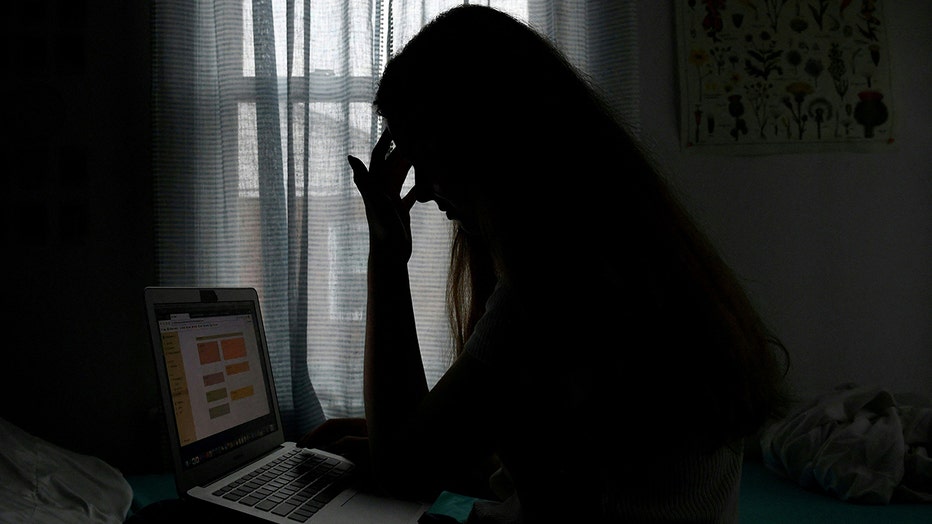Sadness, hopelessness in teens may be improving, CDC finds
If you or a loved one is feeling distressed, call or text the 988 Suicide & Crisis Line for free and confidential emotional support 24 hours a day, 7 days a week.
CLICK HERE for the warning signs and risk factors of suicide and CLICK HERE for more on the 988 Lifeline.
In 2021, a survey by the Centers for Disease Control and Prevention on teen mental health found that nearly three in five teenage girls reported feeling persistent sadness, the highest rate in a decade.
But new data released Tuesday by the Centers for Disease Control and Prevention highlighted improvements in mental health among some United States teens, including decreases in the percentage of students feeling persistently sad or hopeless.
The report analyzed the health behaviors and experiences of high school students across dthe nation, comparing 2021 and 2023 Youth Risk Behavior Survey data. The report also looked at 10-year data trends by sex, race, ethinicity, and sexual and gender identify.
The CDC found a 2% decrease in students overall who experienced persistent feelings of sadness or hopelessness (from 42% to 40%), a 4% decrease in the percentage of female students who felt this way (57% to 53%), and a 3% decrease in females who seriously considered attempting suicide (30% to 27%).

FILE: Teen girl used social media. (Credit: OLIVIER DOULIERY/AFP via Getty Images)
There were also decreases in the percentage of Hispanic students who felt persistently sad or hopeless (from 46% to 42%), who experienced poor mental health (30% to 26%) and who seriously considered attempting suicide (22% to 18%).
In addition, there were decreases in the percentage of Black students who attempted suicide (from 14% to 10%).
RELATED: Here are the best and worst US states for mental health, as revealed in new report
"One of our main priorities at CDC is improving Americans' mental health," said Debra Houry, the agency’s chief medical officer and deputy director for program and science. "The data released today show improvements to a number of metrics that measure young people's mental well-being – progress we can build on. However, this work is far from complete. Every child should feel safe and supported, and CDC will continue its work to turn this data into action until we reach that goal."
Despite these decreases, the report also highlighted concerning increases in the percentage of teens reporting experiencing of school-based violence and absenteeism due to safety concerns.
The survey found ncreases in the percentage of students who were threatened or injured with a weapon at school (7% to 9%).
The findings also found Increases in the percentage of students who were bullied at school (15% to 19%).
In addition, percentage of students who missed school because of safety concerns either at school or on the way to school also increased (9% to 13%).
"These data show that we've made some progress in tackling these issues in recent years, which proves that they are not insurmountable. However, there's still much work ahead," said Kathleen Ethier, the CDC’s division of adolescent and school health director. "Considering the vital role schools play in promoting health and well-being, it is critical to address school-based violence and safety concerns."
RELATED: Teens turning to TikTok to self-diagnose mental health issues
A study published earlier this year found that young people are turning to social media to research mental health conditions and are self-diagnosing themselves at an increasing rate.
Education Week’s Research Center found that 55% of high school students said they’ve used social media to diagnose their own mental health conditions at least once, and 65% of district and school officials said they’ve seen this phenomenon in their classrooms.
If you or a loved one is feeling distressed, call or text the 988 Suicide & Crisis Line for free and confidential emotional support 24 hours a day, 7 days a week.
CLICK HERE for the warning signs and risk factors of suicide and CLICK HERE for more on the 988 Lifeline.

